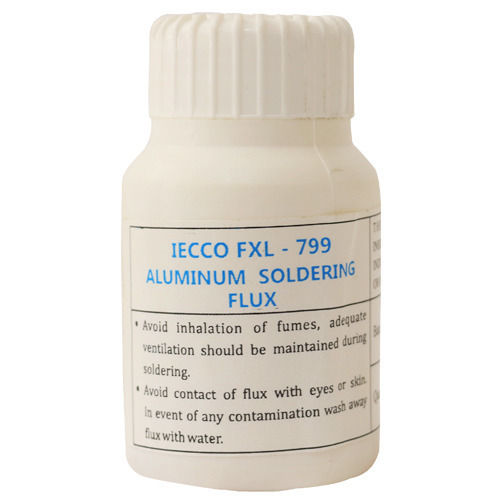
Aluminium Soldering Flux
Product Details:
- Product Type Aluminium Soldering Flux
- Operating Temperature 225-490 Celsius (oC)
- Color Silver
- Application For Metal Joining
- Click to view more
Aluminium Soldering Flux Price And Quantity
- 100 INR/Piece
- 1500.00 - 2000.00 INR/Piece
- 1 Piece
Aluminium Soldering Flux Product Specifications
- For Metal Joining
- 225-490 Celsius (oC)
- Aluminium Soldering Flux
- Silver
Aluminium Soldering Flux Trade Information
- 6 Piece Per Day
- 7 Days
- Western Europe Australia Eastern Europe Middle East Central America South America Asia North America Africa
Product Description
Title:
"Aluminium Soldering Flux: Types, Uses, and Application Guide"
Meta Description:
"Discover how aluminium soldering flux enhances soldering efficiency. Learn about types, application methods, and safety tips for effective aluminium alloy bonding."
Header Tags:
H2: Introduction to Aluminium Soldering Flux
H3: What is Aluminium Soldering Flux?
H3: Types of Aluminium Soldering Flux
H3: How to Apply Aluminium Soldering Flux
H3: Safety Tips for Using Aluminium Soldering Flux
H3: Conclusion
Content:
Aluminium soldering flux plays a crucial role in the soldering or brazing of aluminium alloys, ensuring strong and reliable bonds. Types of fluxes include active and non-corrosive options, each suited to different applications. Proper application methods involve brushing, dipping, or spraying flux directly onto the aluminium surface before soldering to remove the oxide layer effectively.
When selecting aluminium soldering flux, consider the specific alloy being soldered and the desired post-soldering requirements. Active fluxes, such as those containing ammonium chloride or zinc chloride, are effective at cleaning oxide layers but require thorough post-soldering cleaning to prevent corrosion. Non-corrosive fluxes offer milder cleaning action and may require pre-cleaning of the aluminium surface for optimal results.
Safety is paramount when using aluminium soldering flux. Always wear appropriate protective gear, work in a well-ventilated area, and follow manufacturer instructions for handling and disposal.
By understanding the role and application of aluminium soldering flux, you can achieve strong, durable joints in aluminium structures, enhancing their reliability and longevity.
Conclusion:
Aluminium soldering flux is indispensable for achieving strong bonds in aluminium soldering and brazing projects. By choosing the right flux and following proper application techniques, you can ensure successful results. Prioritize safety and cleanliness to maintain the integrity of your soldered joints over time.

Price:
- 50
- 100
- 200
- 250
- 500
- 1000+



